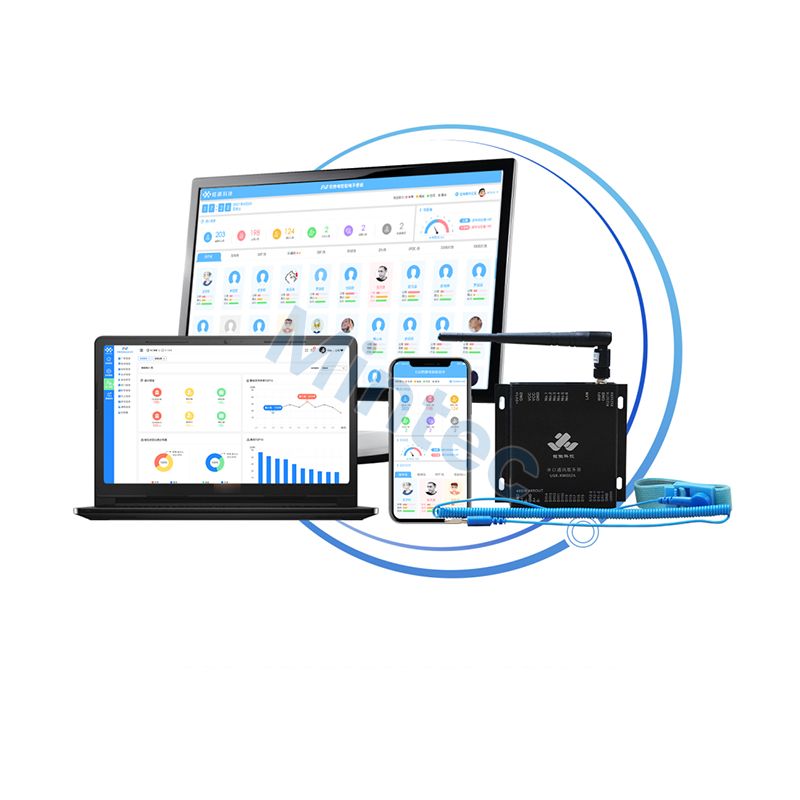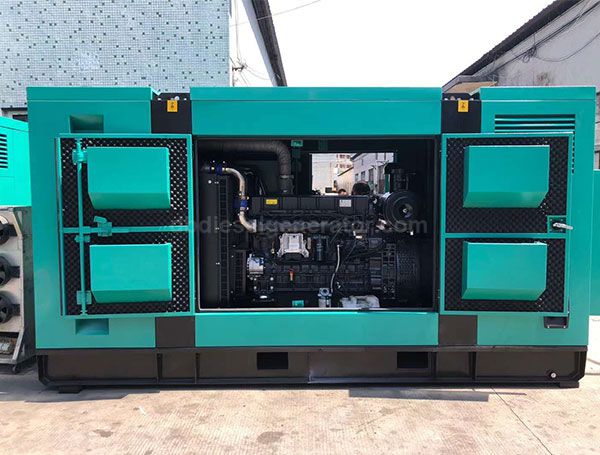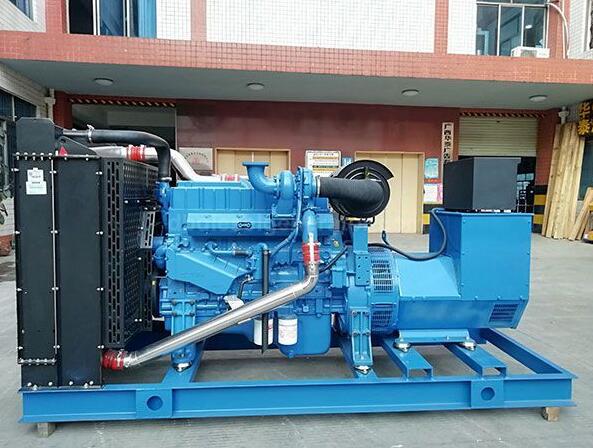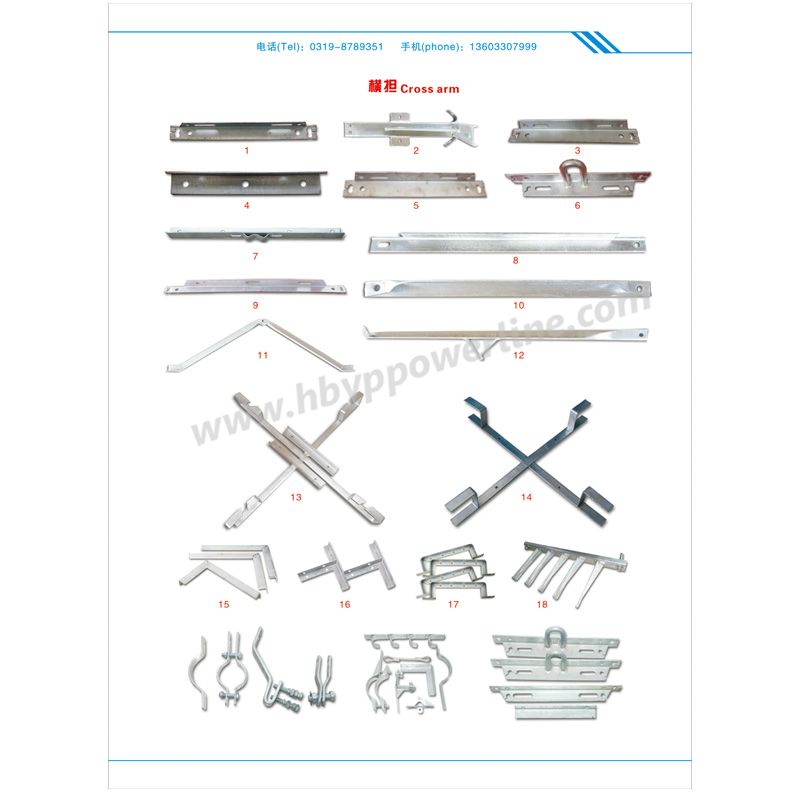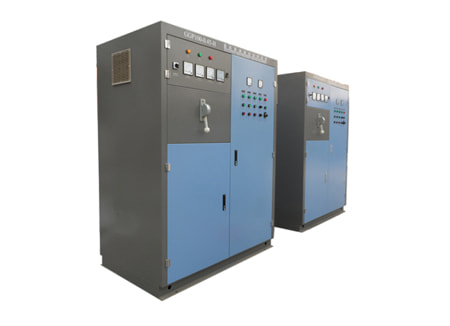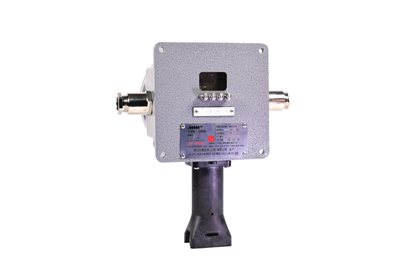How does a 5kW on-grid inverter work?
How Does a 5kW On-Grid Inverter Work?
As more and more households and companies start to use solar power, the demand for effective and cost-efficient systems have also increased. One of the key components in a solar system is the inverter, which converts the DC power from solar panels to AC power that can be used in homes and offices. In this article, we will take a closer look at how a 5kW on-grid inverter works.
An on-grid inverter, also known as a grid-tie inverter, is used in a solar system that is connected to the electric grid. This type of inverter works by synchronizing the output AC power with the utility grid so that excess energy generated by the solar panels can be fed back to the grid, while still allowing the household or company to draw energy from the grid when they need it.
Overview of 5kW On-Grid Inverter.
A 5kW on-grid inverter is designed to handle solar systems that generate up to 5kW of power. Typically, this means that a 5kW system would include around 16-20 solar panels, although this can vary depending on the brand and type of panels used. The inverter itself is a compact device that can be wall-mounted and connected to the solar panels, the utility grid, and a monitoring system.
Working Principle of 5kW On-Grid Inverter.
The working principle of a 5kW on-grid inverter can be broken down into four main stages:
1. DC Input: The DC power generated by the solar panels is fed into the inverter through a set of positive and negative terminals. The inverter also includes a DC switch that can be used to turn off the solar panels in case of maintenance or emergencies.
Explore more:USB Camera Module Specifications
Anti-Surge Fixed Resistors: Ensuring Stability and Protection
Features and Applications of Segment LCD Modules
What is a System-on-Module (SOM)?
Key Features of the Huawei Rectifier Module
What Is Digital Signage and How Does It Work?
Boat Winch Maintenance and Care: Tips for Longevity and Performance
2. MPPT (Maximum Power Point Tracking): The DC power is then processed by the inverter's MPPT system, which adjusts the voltage and current to ensure that the solar panels are operating at their maximum efficiency. This is done by constantly monitoring the real-time power output of each panel and adjusting the load accordingly.
3. Inversion: The processed DC power is then converted to AC power by the inverter's inversion system. This is done by using a set of capacitors and transformers that switch the DC power on and off at a high frequency, generating an alternating current that matches the frequency and voltage of the utility grid.
4. Grid Connection: The final stage is to connect the inverter to the utility grid, which is done through a dedicated AC cable and a circuit breaker. Once the inverter detects that the grid is available and running, it synchronizes the AC power output with the grid frequency and voltage. The excess energy generated by the solar panels is then fed back to the grid, while the household or company can draw energy from the grid when they need it.
Conclusion.
A 5kW on-grid inverter is an essential component of a solar system that is connected to the electric grid. Its main task is to convert the DC power generated by solar panels to AC power that can be used in homes and offices, while also feeding excess energy back to the grid. By understanding how a 5kW on-grid inverter works, you can better appreciate the benefits and limitations of this type of solar system.
If you are interested in installing a 5kW on-grid inverter for your home or company, be sure to contact us for more information and guidance. Our team of experts can help you choose the right inverter and solar panels for your needs, as well as provide installation and maintenance services.
For more on grid inverter 5kw, single phase power inverter, three phase string inverter wholesaleinformation, please contact us. We will provide professional answers.
Explore more:What is a LiFePO4 battery, and how does it differ from other types of lithium batteries?
Understanding the Working Principles and Applications of Lithium Batteries
Raycom Attend the 6th China (Kunming) South Asia Social Public Security Technology Expo 2023
Can welding cable be used as power cable?
What is surface mount technology (SMT)?
Enhancing Precision and Efficiency with PTC Heaters for Hot Glue Guns
What industries benefit from touch screen industrial PCs?



